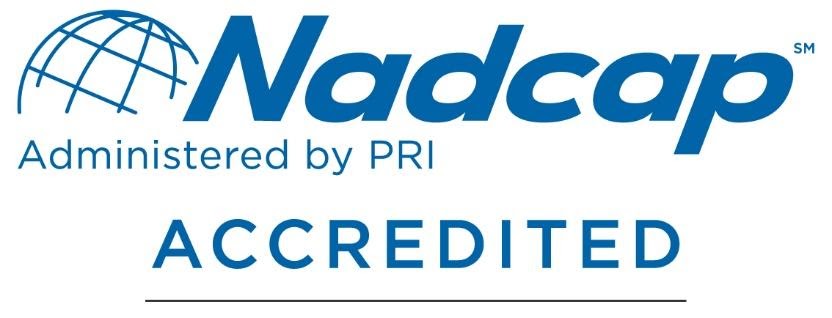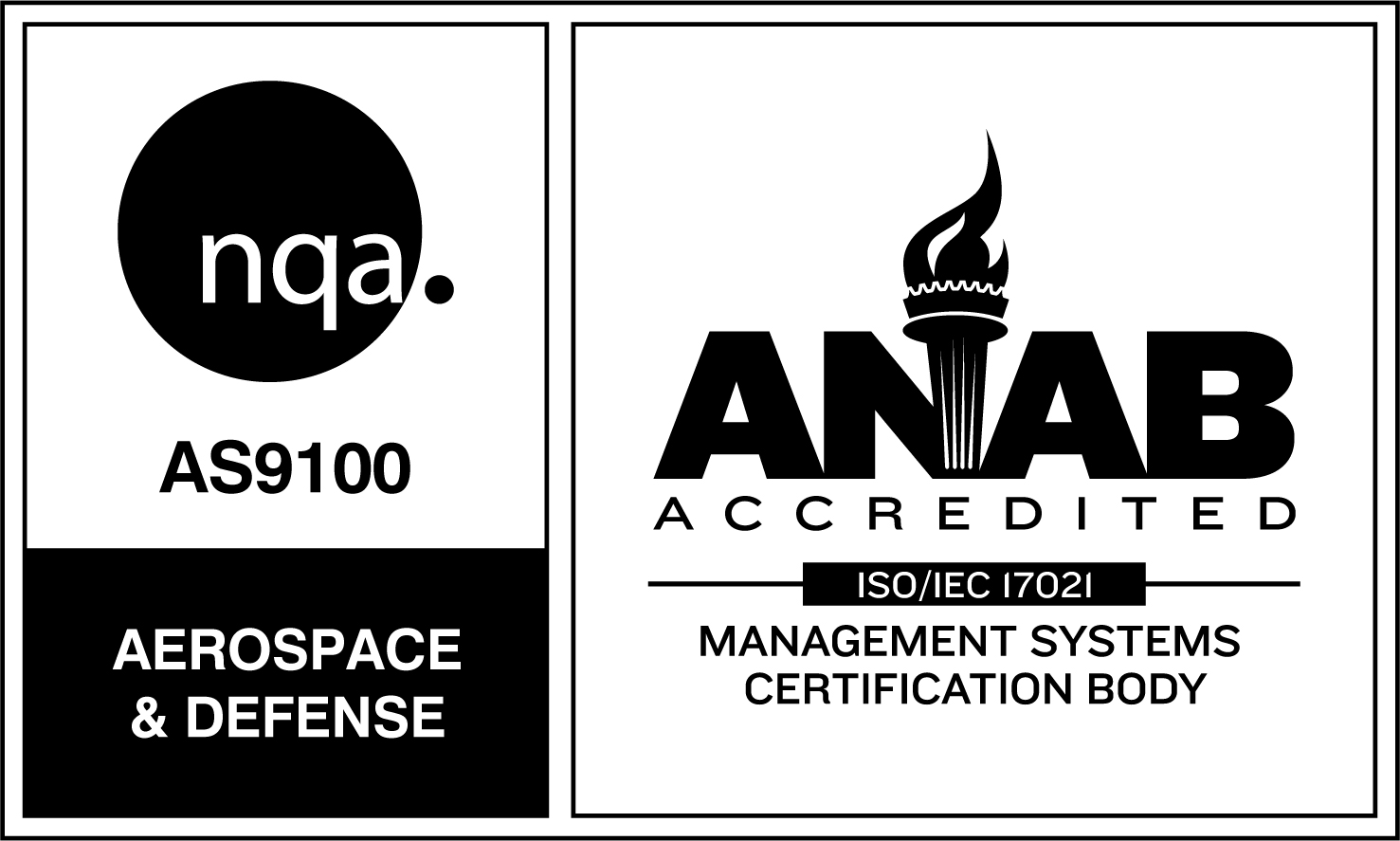For people who are under the age of 30, 1985 probably sounds like a nearly prehistoric time. Cell phones were just barely hitting the market, were literally the size of bricks, and cost over $6,000 in today’s dollars. The term “cyberspace” was only a year old, and the Internet didn’t exist except as a twinkle in the eye of a few computer scientists.
If 35 years ago feels far away, 1942 is downright mythological. But the 1940s and 1950s are where you’ll find the roots of the industries that have formed the backbone of Thermal-Vac’s business.
The roots run deep
Like so many industrial centers in the United States, World War II was a catalyst for growth in Southern California. In our case, the growth was meteoric. There were about 5.6 million people living in California in 1930. By 1950 that number was up to 10.5 million.
Sun, surf and a dry heat are all nice, but what brought people here in droves was work.
Even before the war, Southern California was the country’s top spot for aircraft manufacturing. Fostered by the federal government through tax incentives and by local subsidies, many of the industry’s biggest names—Lockheed, Douglas, North American Aviation, and others—established their headquarters here.
During World War II, hundreds of thousands of planes were built in the region by a huge workforce, about 65 percent of which was women. Those workers came from all over the United States, bringing with them a mix of cultures and aspirations that continued to shape the region after the war. Whole communities grew up around the factories built to meet the needs of the war effort.
Technology takes hold
All that expertise didn’t vanish in 1945. The Cold War was on, technology was changing, and the United States would soon find itself in a space race.
In the 1950s and 1960s Southern California’s aircraft builders shifted from focusing on planes to an ever-greater commitment to aerospace. Many of the country’s best engineers turned their minds to designing missiles and spacecraft. Manufacturing processes evolved at a rapid pace to meet the industry’s demand for ever more precision.
The industry’s fortunes ebbed and flowed as federal spending priorities shifted. Through the early 1970s the decline of the space race hammered the region’s manufacturing sector. Factories in the Los Angeles area were closed, and as new projects came along new plants were built in Orange County.
Born in a new boom time
The Reagan Administration sparked a new boom in defense investment, and Orange County became a huge—if short-lived—beneficiary of the renewed enthusiasm for outspending the Soviets. Through the mid-1980s, the region became a hub of technological development and manufacturing around aerospace and defense.
That’s where Thermal-Vac came in.
Steve Driscol founded Thermal-Vac in 1985 to fill the aerospace industry’s need for a specialist brazing shop that could handle the industry’s trickiest work. Thermal-Vac worked on the precision components its customers were building both for the military and for NASA’s Space Shuttle program.
When Thermal-Vac began, it formed part of a mature regional industry with decades of history behind it. Steve and his team had quite a few shoulders to stand on.
It’s easy to talk about taking the lessons of decades into the future, but putting them into action is hard.
The proof that Steve built something to last is in the fact that we’re still here. When the Cold War ended, the aerospace industry imploded and a lot of the household names disappeared.
In times of sharp contraction, the smart and tough survive. We got where we are today by adapting to the times and staying committed to what our customers needed. We went to college during the boom time, but we put in our graduate work during the lean years.
Put Thermal-Vac to the test
Want to read a deeper dive into Southern California’s industrial history? Here’s a great article about it.
Thermal-Vac is looking forward to what’s coming next by working now to be at the forefront for the next big thing. How can we be of service to you? Give us a call at (714) 9970-2601 to start a conversation. We look forward to hearing from you.


